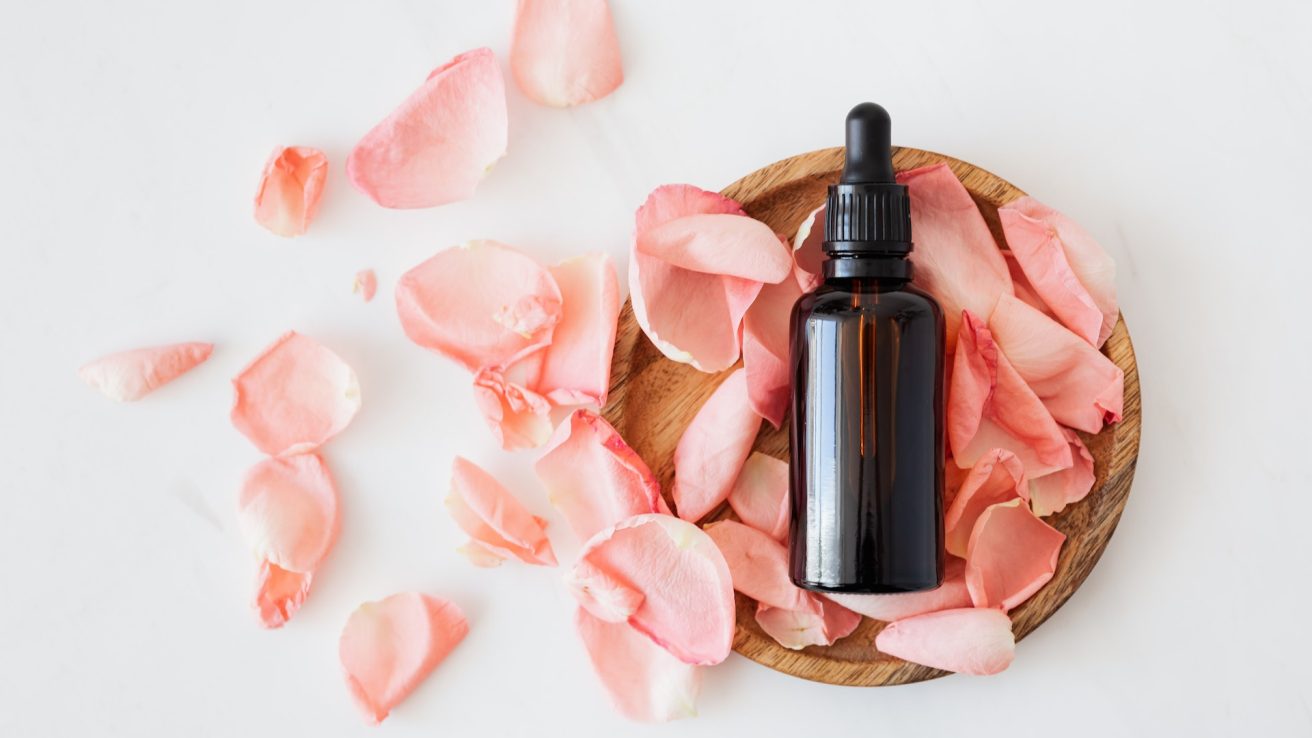Learn how consistency and the right products can help repair and protect your skin’s natural barrier, reducing flare-ups and keeping your atopic dermatitis in check. Explore tips for choosing the perfect cleanser, the importance of moisturizing, sun protection, and identifying personal triggers.
- A consistent skincare routine is crucial for managing atopic dermatitis, helping to repair and protect the skin’s natural barrier, and reducing flare-ups.
- Tips for an effective skincare routine include choosing gentle, fragrance-free cleansers, moisturizing regularly, using sunscreen, and identifying personal triggers.
- Patience and consistency are key when implementing a skincare routine, as it may take several weeks to see noticeable improvements in your skin’s health.
Let’s face it, dealing with atopic dermatitis can sometimes feel like a never-ending battle. However, establishing a solid skincare routine can make a world of difference in keeping your skin happy and healthy.
Let’s dive into the importance of a skincare routine for atopic dermatitis and uncover some top tips for maintaining your skin’s health.
The Skincare Routine Advantage
Having a consistent skincare routine helps create a supportive environment for your skin, reducing the likelihood of flare-ups and keeping symptoms under control. By using gentle, hydrating products, you can help repair and protect your skin’s natural barrier, locking in moisture and keeping irritants at bay [1].
Top Tips for Your Atopic Dermatitis Skincare Routine
Ready to up your skincare game? Check out this checklist of our top tips for creating a skincare routine that’ll keep your skin feeling fabulous:
- Choose the Right Cleanser: Opt for a gentle, fragrance-free cleanser that won’t strip your skin of its natural oils. Look for products specifically designed for sensitive skin or atopic dermatitis to avoid irritation.
- Moisturize: This can’t be stressed enough! Regularly applying a moisturizer can help lock in hydration and strengthen your skin’s barrier. Seek out fragrance-free, hypoallergenic products, and for an extra boost, consider using an ointment or cream for more intense hydration [2].
- Timing Matters: The best time to apply your moisturizer is right after a shower or bath when your skin is still slightly damp. This helps to lock in moisture and keep your skin hydrated throughout the day.
- Protect Your Skin: Harsh weather conditions or irritants can trigger atopic dermatitis flare-ups. To safeguard your skin, wear protective clothing, such as gloves and scarves in cold weather, and use hypoallergenic laundry detergent for your clothes and bedding.
- Don’t Forget Sunscreen: Sunburns can aggravate atopic dermatitis, so make sure to apply a broad-spectrum sunscreen with an SPF of at least 30. Opt for sunscreens designed for sensitive skin to cut the risk of irritation.
- Get to Know Your Triggers: Identifying and avoiding your specific triggers can help prevent flare-ups. Keep track of your daily activities, products used, and any potential allergens to better understand what might be causing your symptoms.
- Be Patient: Give your skincare routine some time to work its magic. Consistency is key, and it may take a few weeks before you start noticing improvements in your skin.
Takeaways
Creating a tailored skincare routine is a powerful weapon in your atopic dermatitis arsenal. By choosing the right products, moisturizing regularly, and being aware of your triggers, you’ll be well on your way to maintaining healthier, happier skin.
Sources:
- Institute for Quality and Efficiency in Health Care (IQWiG). (2017, February 23). Skin care for eczema. InformedHealth.org – NCBI Bookshelf. https://www.ncbi.nlm.nih.gov/books/NBK424900/
- National Eczema Association. (2022, October 16). Lotion and moisturizer for eczema – everything you need to know. https://nationaleczema.org/eczema/treatment/moisturizing/








